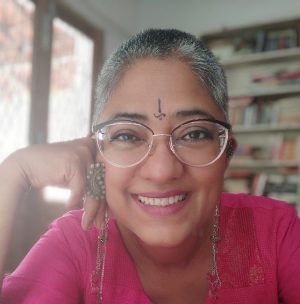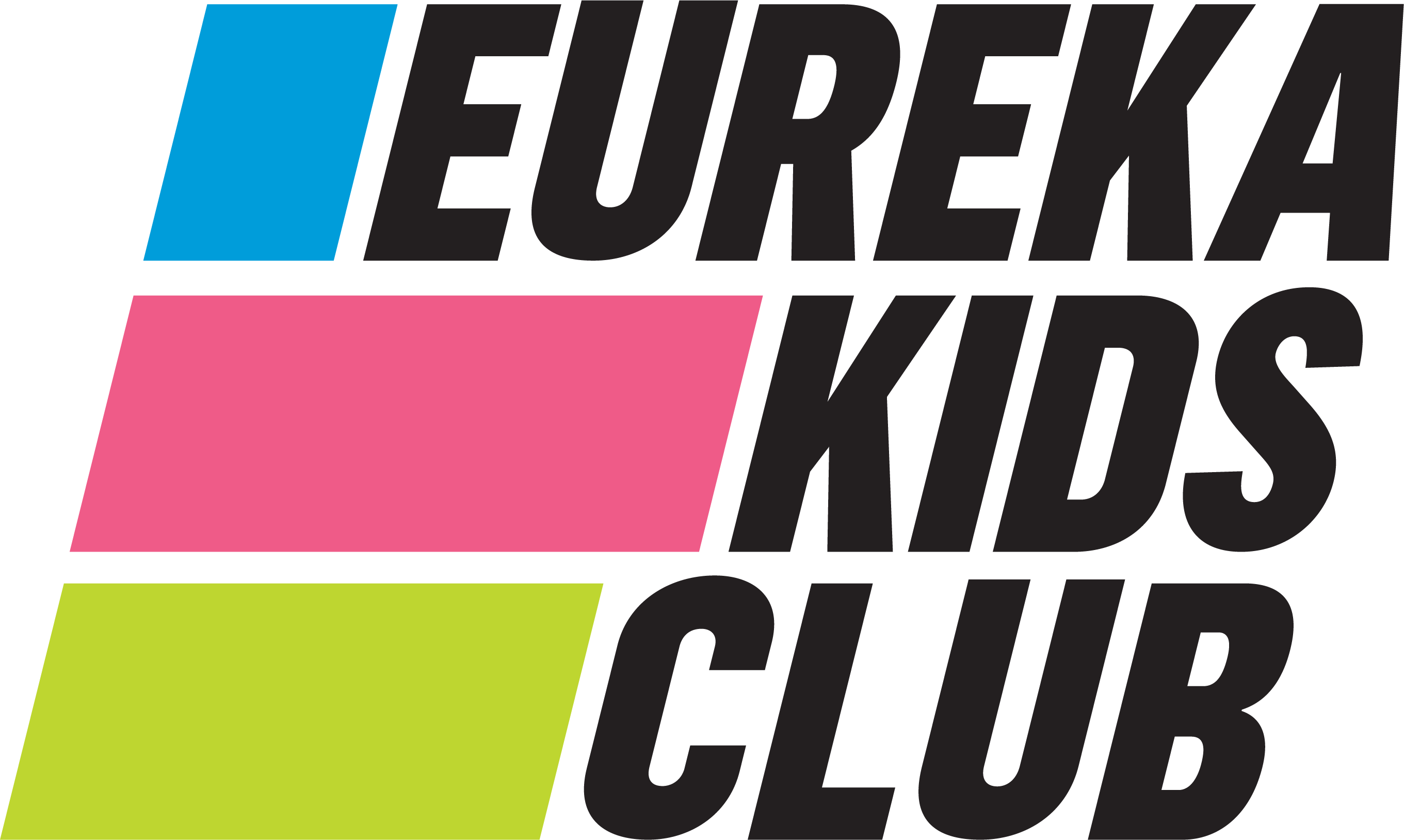
Venita Coelho’s interests are diverse. The multifaceted, multitasking, multi-talented writer has worked across mediums, writing for television shows on Indian television and Malaysia and Singapore. She is an artist and a newspaper columnist as well. There is more: she is an ‘accidental activist’ who writes about the controversies of Goa. Books are what she comes back to, though, to find herself. 
What Coelho writing brings with it is nostalgia and the fact that every day can be an adventure. Her writing repertoire includes children’s books, books for young adults as well as for adults. Coelho lives in Moira, Goa. As her facebook page on puts it, “she plays with words, images and paint to bring moments to life, that capture your heart and fuel your imagination”.
Recently, Coelho won the Sahitya Akademi’s Bal Puraskar for her book, Dead as a Dodo. She confesses to being astounded at how far the news had travelled and how ‘everyone’ suddenly sat up and took notice. Excerpts from an interview:
- Q. Have any of your books been inspired by your own childhood?
A. The first book I wrote ‘Dungeon Tales’ was based on all the stories my mother told me when I was a child. - Q. Your mother was a great storyteller and you have talked about how, in your childhood, children used to come home and gather around her to listen to ghost stories. Do you think, in this age of so many distractions and screens would something like this still work?
A. Nothing will ever replace the experience of directly being told a story by a good storyteller. Even today, I have seen teenagers abandon their tech and sit entranced through storytelling sessions. Somewhere in our genes the fire of the cavemen still burns, the need to tell stories to understand the world still persists. - Q. You said in a recent interview that we need to amplify the young adult genre coming from Indian authors. Why do you think there aren’t more stories being written for the YA audience?
A. In India, we still have a very ‘Enid Blyton’ approach to writing for children. Parents expect books to have a moral and be sweet and kind. Adolescence is anything but! We need more parents and literary gatekeepers to recognize that a YA audience needs stronger, more challenging storytelling. - Q. How early should writing on issues like race, privilege, gender be introduced to children?
A. If you are going to be moralistic and make points – never! If you can introduce it in engaging storytelling that makes children think – then the earlier the better. Children absorb stories like water. There is never too young an age. Just find the story that they can connect with. And there are enough out there waiting to be discovered. - Q. Is there ever a dilemma about writing about something different or writing about something that the readers want?
A. I never write what the readers or editors want. I write what I want and what I think is important. Without that basic authenticity you cannot really create good work. - Q. You are no stranger to being on award lists or winning awards. The Hindu Young World Goodbooks award for Boy no 32 in 2019 came along with a Sahitya Akademi Bal Puraskar shortlist for ‘Monkey see Monkey Do’. Now, you have won the 2020 Sahitya Akademi Bal Puraskar for Dead as a Dodo. What was the difference between then and now in the way you reacted to the Sahitya Akademi Award?
A. All the other awards are private awards. But since the Sahitya Akademi is an official national award, suddenly everyone sat up and took notice! I was astounded at how far the news travelled. Old friends, teachers, long-lost relatives – all sent good wishes. My neighbour in Moira wished me after his son in Australia told him I had won an award. - Q. What kind of books/authors/genres did you read when you were a child? Would you recommend any from that time to children of today?
A. I read any and everything. I read my textbooks on the day they were bought. I stole Dad’s books, borrowed the neighbours’ encyclopaedias, read the newspaper that the veggies came wrapped in. My only recommendation is – read! You have to read wide and broad to find what you really like. - Q. Do you get reviews from your young readers? Have you ever been surprised to learn about a child’s interpretation of something that you wrote?
A. That’s the wonderful thing about books. They come alive only when a reader brings his or her world to them. I am regularly astonished at what young readers have added to the story from their own imaginations.
- Q. Since you have been associated with the electronic medium as well what do you see as the difference in writing?
A. When you write a book, it’s only you. When you write for any other medium, it’s you, the creative director, four assistants, the producer, the director, the dialogue writer…. it’s so collaborative that you can get totally overwhelmed and lost in the process. I always come back to books to be able to find myself. - Q. From Goa to Coimbatore in your caravan. What was the experience like? Can we expect a book from this journey?
A. I decided early that I could enjoy the journey, or I could write/blog/insta about it. Not both. But all experiences eventually work their way into my stories so it will be there in some form. We were a team of four women, my mother, my aunt, my daughter and myself and our combined age was 231! And we had a fabulous time. - Q. What are your plans for the future?
A. Read! Write! Live! I have a Kindle. I have a hard drive with 40,000 e-books on it. I am ready for the end of the world and will greet it calmly while turning a page.


